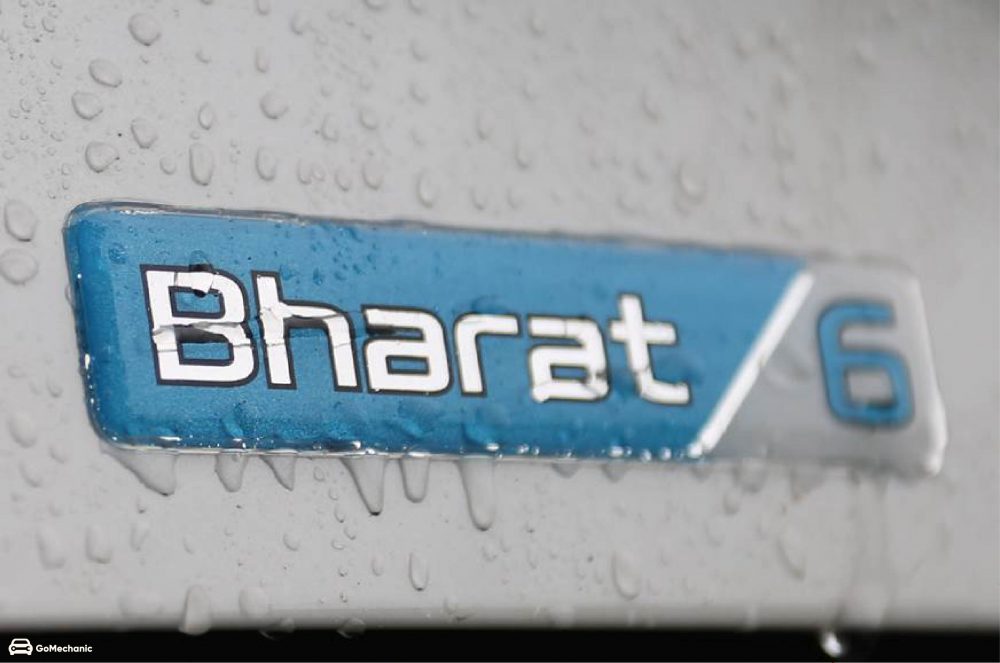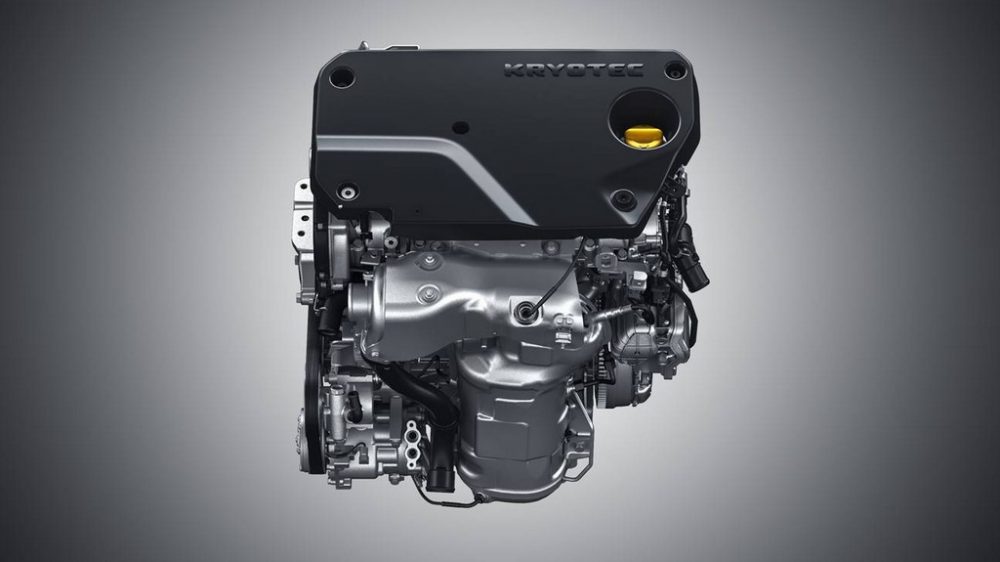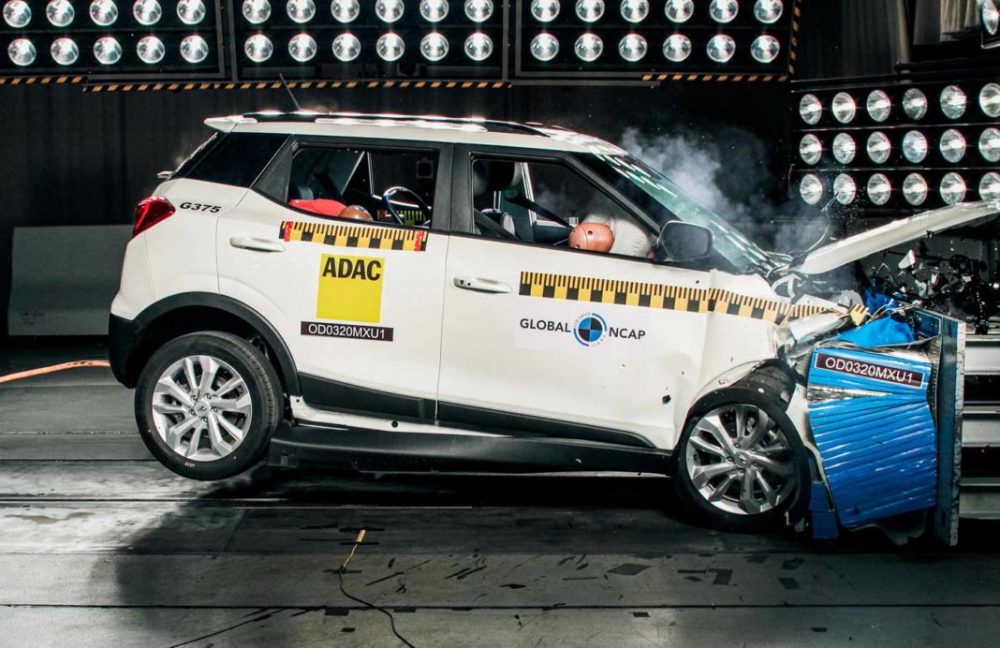The tables will turn after 1st April 2020 as the new emission norms shifts from BS4 to BS6. We saw many changes when the BS4 norms took over BS3. This time we are skipping a whole slot in between. Is it feasible? What are all the changes this time? How much do BS4 vehicles pollute as compared to BS6? How much environment-friendly BS6 is?
Let’s find out the answers to all the burning questions about BS6.
Read all about BS6 Here: BS6 (Bharat Stage 6) | Explained

What are the norms?
- In 2000 BSES (Bharat Stage Emission Standards) first emission regulations were implemented to control the harmful gasses emitted from the exhaust of the vehicle.
- Since then the emission norms have come a long way through BS4 to upcoming latest BS6 norms which are even cleaner.

Read more: BS6 Bajaj Pulsar Range Engine Specifications Revealed
What are BS4 norms and its changes? (Implemented on 1st April 2017)
The changes from BS3 to BS4 were more of a slight upgrade rather than a total change over as the changes couldn’t be retrofitted.
- The main changes were in the exhaust system which increased the size of the catalytic converter to reduce harmful NOx (nitrogen oxide-based emission).
- With that, some engines required additional airflow system to increase the amount of oxygen to increase the combustion process and reduce the overall carbon produced.
- In addition to that even stricter regulation of fuel evaporation from the fuel tank was implemented.
- BS4 also made the all-new AHO (Auto Headlamp On) system famous.
This resulted in some brands shifting from the carburettor to EFI (Electronic Fuel Injection) to atomize fuel in the combustion chamber.

What is BS6?
Unlike form BS3 to BS4, Switching from BS6 is somewhat a herculean task for the automotive companies as we skipped BS5 in between. This what done to compensate for the gap between the period from BS3 to BS4. The changes include some big changes and some small.

Read more: How BS6 Petrol and Diesel Engines Reduce Emissions
BS6 emission will be introduced in two stages.
OBD (On-Board Diagnostics)
| Monitoring Items | OBD Stage 1 (1st April 2020) | OBD Stage 2 (1st April 2023) |
| Catalytic Converter Monitoring | NO | YES |
| EGR system monitoring | YES | YES |
| Misfire Detection | NO | YES |
| Oxygen sensor deterioration | NO | YES |
Diesel Vehicles
- There are several changes in the exhaust system of diesel vehicles making them expensive than BS4 diesel cars.
- The most noticeable change is the introduction of DPF (Diesel Particulate Filter) which is to reduce the soot emitted from diesel cars.
- Changes also include reducing the Sulphur content in the exhaust making them cleaner.
- To reduce the overall emission footprint the fuel on which the car would be running will also see some changes.
- SCR (Selective Catalytic Reduction) devices are introduced to reduce NOx (Nitrogen Oxide contents)
Petrol Vehicles
- Alongside that petrol vehicles will get subtle changes when converted to BS6. The prominent changes are to improve the combustion process and reducing emissions.
- Additional changes include the introduction of EFI instead of carburetor across the BS6 vehicle range.
- Better combustion in the cylinder may also lead to increased fuel efficiency and slight changes in the power figures.
- Better fuel quality and increased octane number.

BS4 vs BS6
There is a considerable difference between the emission readings emitted from the exhaust of the vehicles. The emissions regulations are based on different classes of vehicles.
| Class 1 | The engine size above 50cc but less than 150cc and vehicle top speed equal or less than 50 km/h or engine capacity less than 150cc and vehicle maximum speed more than 50km/h but less than 100km/h |
| Class 2.1 | Engine dimension less than 150 CC and vehicle speed up to 100 km/h to less than 115km/h or engine capacity 150 ccs and above and vehicle speed less than 115km/h |
| Class 2.2 | Any engine CC, vehicle maximum speed between 115km/h and 130km/h |
| Class 3.1 | Any engine capacity vehicle top speed between 130km/h to 140km/h |
| Class 3.2 | Any engine size, vehicle max speed 140 km/h and above. |
BS4 Regulations
| Class | CO (g/km) | NOx (g/km) | HC+NOx (2g/TEST) (g/km) | HC+NOx (6g/TEST) (g/km) |
| Class 1 & Sub Class 2.1 | 1.403 | 0.39 | 0.79 | 0.59 |
| Sub
Class 2.2 |
1.970 | 0.34 | 0.67 | 0.47 |
| Sub
Class 3.1 & Sub Class 3.2 |
1.970 | 0.20 | 0.40 | 0.20 |
The New Regulations
| Vehicle Class | CO (mg/km) | HC (mg/km) | NOx (mg/km) | NMHC (mg/km) | PM (mg/km) | EVAP (mg/test) |
| 1 & 2.1 | 1000 | 100 | 60 | 68 | 4.5 | 1500 |
| 2.2 | 1000 | 100 | 60 | 68 | 4.5 | 1500 |
| 3.1 & 3.2 | 1000 | 100 | 60 | 68 | 4.5 | 1500 |
| CI vehicle | 500 | 100 | 90 | 68 | 4.5 | – |
Read More: Indian Oil Launches BS6 Compliant Winter Grade Diesel
Vehicle Safety Norms
BS6 also includes changes in vehicle safety regulations.
- Improved cabin with high crash test ratings.
- Introduction of pedestrian safety norms for cars.
- Two wheels to get ABS as standard for extra braking safety.

For more information and FAQ’s stay tuned.
Please feel free to ask any questions regarding BS6 or emission norms in the comment section.





